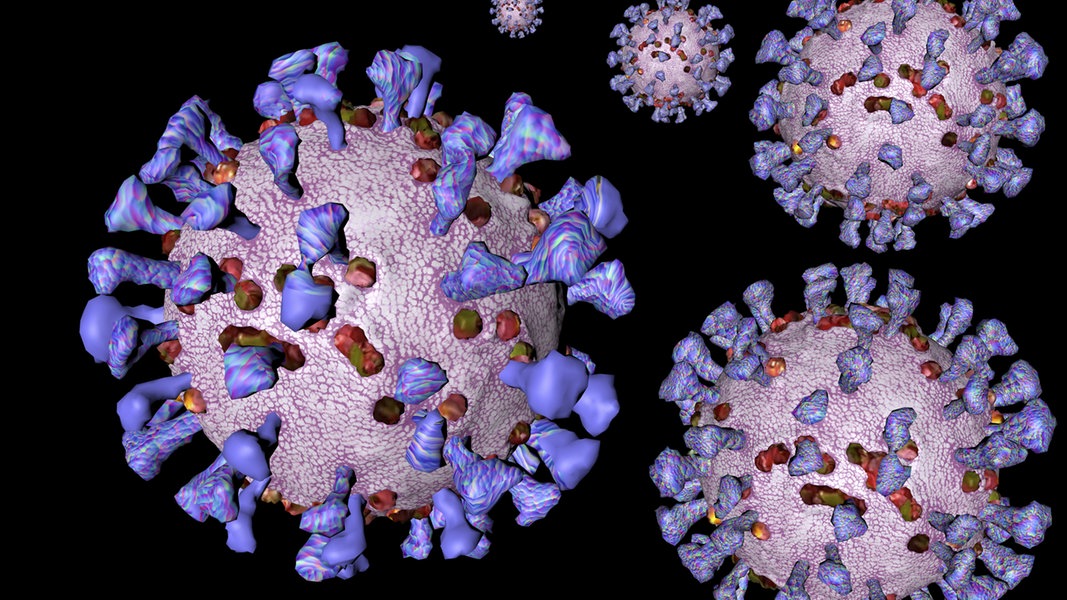As we have just celebrated the 20th anniversary of the continued human presence aboard the ISS, astronauts have again been busy this year.
More than 400 km above our heads, they have indeed multiplied the experiences in micro-gravity, providing us with valuable information that will ensure our future in space. Here are a few.
A 360-degree view of the ISS
In 2020, the crews aboard the station were both the videographers and the subjects of a production known as The ISS Experience. This aims to capture the lives of astronauts aboard the orbiting laboratory to create a cinematic virtual reality experience. Jessica Meir is here seen in the background exchanging racks feeding bone samples inside the “life science glovebox”.
The astrobees

The astronauts and cosmonauts aboard the ISS are not the only busy “bees” in the laboratory. The station houses several robotic assistants, called “Astrobees”. Equipped with cameras and sensors, they aim to facilitate operations in orbit, relieving astronauts of routine tasks so that they can concentrate on critical science.
Expedition 63 Commander Chris Cassidy activated two of the three available robots for testing in preparation for the “Kibo” robot programming challenge. This gives students the chance to try out their own computer code on these autonomous robots.
VECTION survey

Chris Cassidy is preparing the VECTION survey here, a study examining how lack of gravity disrupts a person’s ability to visually interpret movement, orientation and distance.
Quantum effects

Before returning to Earth, NASA astronaut Christina Koch worked on the Cold Atom Lab. This allows research to be carried out on the quantum effects of gases cooled to near absolute zero. This study can provide insight into the fundamental laws of quantum mechanics and support the development of technologies such as ultra-precise sensing and timing.
Micro-gravity and the human body

Just days after arriving aboard the space station, astronaut Victor Glover tackled ESA’s GRIP experiment. This aims to study the effects of long-duration spaceflight on the ability of astronauts to regulate the grip force and the trajectories of their upper limbs when handling objects.
A little cardio


Jessica Meir and Kate Rubins both worked on cardiac research while in orbit.
Meir led the Engineered Heart Tissues experiment, aimed at gaining a better understanding of heart function, which could prove useful for drug development and other applications related to heart dysfunction on Earth.
Rubins, for his part, led the Cardinal Heart Study, which aims to understand the aging and weakening of heart muscles in order to provide new treatments for humans on Earth and astronauts in space.
Showerhead

Bob Behnken, who arrived aboard SpaceX’s first capsule, is conducting a study here evaluating the water flow of the H2Okinetic shower head. This microgravity research could help improve the technology with the aim of providing a better user experience while saving water and energy.
First radishes


A few days ago, astronaut Kate Rubins harvested the first radishes that grew on board the ISS. The Brassicaceae (about twenty plants) were then placed in a cold room while awaiting the return trip to Earth planned for next year.
Like other agencies and private companies, the NASA is indeed aiming for a sustainable exploration of the Moon and, a little later, of the planet Mars. If these long-term plans come to fruition, then the future astronauts concerned will need to produce fresh and nutritious food directly on site, the freight costs being far too high. In this spirit, the American agency has been exploring for several years the ability of certain plants to grow in microgravity.
Decode DNA

Astronaut Chris Cassidy works here inside the Harmony module on a project to sequencing and identifying samples of microbial DNA.
Human samples

Still Cassidy, who shows us here samples of blood, saliva, urine and feces collected as part of a food physiology experiment. Concretely, this investigation aims to document the effect of dietary improvements on human physiology and the ability of these improvements to improve adaptation to space flight.
Blood vessels

We end with Jessica Meir, who is monitoring her blood vessels here as part of the Vascular Echo experiment. The walls of some vessels can become thicker and more rigid in space. Hence the importance of operating regular ultrasounds.
–


